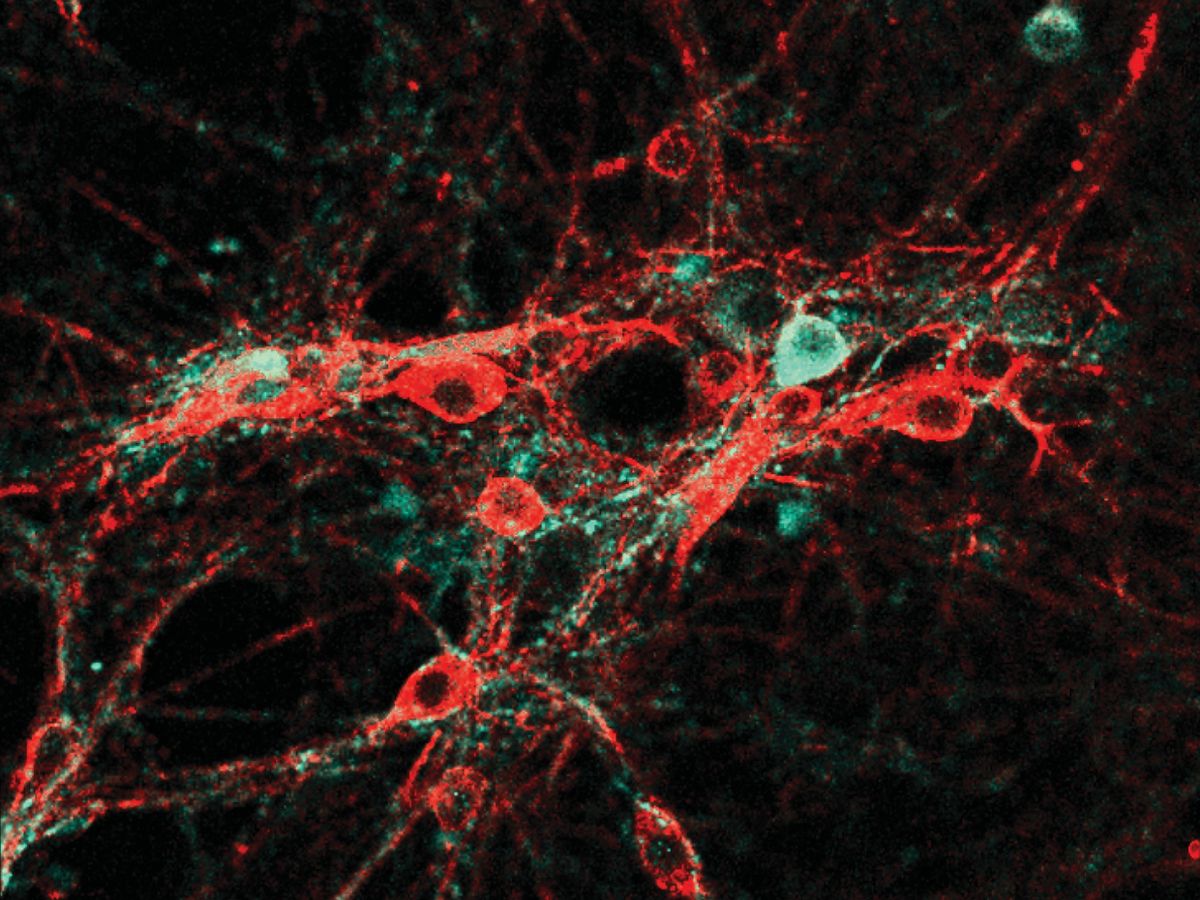While graphene has been tapped to deliver on everything from electronics to optoelectronics, it’s a bit harder to picture how it may offer a key tool for addressing neurological damage and disorders. But that’s exactly what researchers have been looking at lately because of the wonder material’s conductivity and transparency.
In the most recent development, a team from Europe has offered a deeper understanding of how graphene can be combined with neurological tissue and, in so doing, may have not only given us an additional tool for neurological medicine but also provided a tool for gaining insights into other biological processes.
In research described in the journal Nature Nanotechnology, a group from the International School for Advanced Studies (SISSA), in Trieste, Italy, and the Catalan Institute of Nanoscience and Nanotechnology (ICN2) in Spain have demonstrated that single-layer graphene increases neuronal firing by altering membrane-associated functions in cultured cells.
“The results demonstrate that, depending on how the interface with [single-layer graphene] is engineered, the material may tune neuronal activities by altering the ion mobility, in particular potassium, at the cell/substrate interface,” said Laura Ballerini, a researcher in neurons and nanomaterials at SISSA.
Ballerini provided some context for this most recent development by explaining that graphene-based nanomaterials have come to represent potential tools in neurology and neurosurgery.
“These materials are increasingly engineered as components of a variety of applications such as biosensors, interfaces, or drug-delivery platforms,” said Ballerini. “In particular, in neural electrodes or interfaces, a precise requirement is the stable device/neuronal electrical coupling, which requires governing the interactions between the electrode surface and the cell membrane.”
This neuro-electrode hybrid is at the core of numerous studies, she explained, and graphene, thanks to its electrical properties, transparency, and flexibility, represents an ideal material candidate.
In all of this work, the real challenge has been to investigate the ability of a single atomic layer to tune neuronal excitability and to demonstrate unequivocally that graphene selectively modifies membrane-associated neuronal functions.
The researchers hypothesized that there would be specific interactions between graphene and potassium ions in the extracellular solution, crucially regulating cell excitability. By experimental and theoretical approaches, they further hypothesized that crucial to these effects are the graphene-specific cation-pi interactions, which are noncovalent molecular interactions between a cation—an ion with fewer electrons than protons, giving it a positive charge—and an electron-rich system (the pi). These cation-pi interactions are maximized by the single-layer graphene, according to Ballerini, which in turn impacts cell excitability.
“Our work provides important insights on the deep interactions of technology with nature,” said Ballerini. “Novel and outstanding materials might then represent, in general, unconventional and exciting tools to gain insights into genuine biological processes. In turn, biological processes may hint at describing unconventional properties, new physics, and applications of the materials.”
Ballerini notes that for this line of research, the group will ultimately have to move to in vivo conditions, which poses different challenges both in engineering devices to be tested in real life and in analyzing biological outcome. However, for now Ballerini and her colleagues will focus on the design of a smart device that takes advantage of their expertise in biology and nanomaterials.
Dexter Johnson is a contributing editor at IEEE Spectrum, with a focus on nanotechnology.



